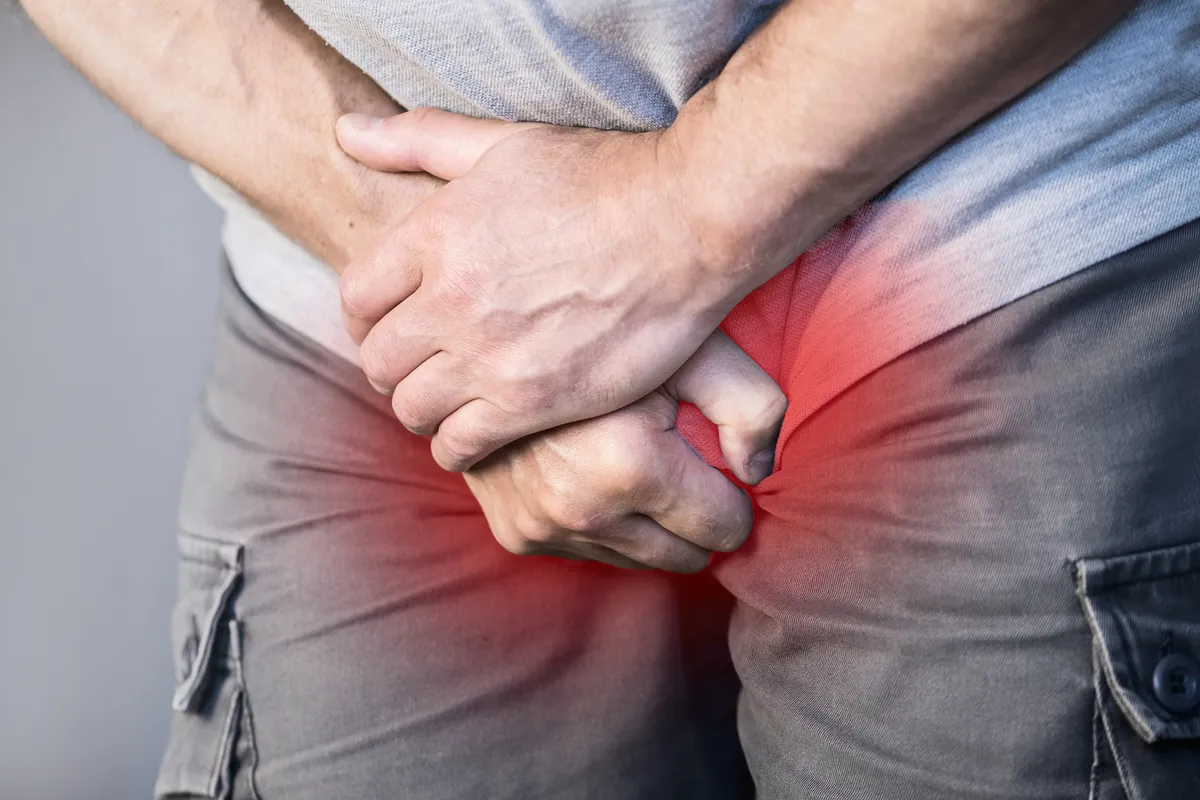Causes of urinary tract infections
Urinary tract infections (IDM) are caused by microorganisms, most commonly bacteria, which enter the urinary tract and cause inflammation. The main culprit for most infections is the bacterium Escherichia coli (E. coli), which naturally occurs in the large intestine. These bacteria can travel from the anal area into the urethra and further up into the bladder, causing infection.
Women experience urinary tract infections much more frequently than men. The anatomical structure of the female urinary tract, with a shorter urethra, makes it easier for bacteria to access the bladder. In addition, the proximity of the anus to the urethra increases the risk of bacterial transmission. Women are particularly vulnerable to urinary tract infections during pregnancy, menopause and after sexual activity, when hormonal and mechanical changes facilitate bacterial growth.
There are many factors that increase the risk of developing a urinary tract infection. Among the most important are urinary outflow disorders, a weakened immune system, habitual withholding of urine, use of inappropriate intimate hygiene products, and catheterisation.
Symptoms of urinary tract infection
Urinary tract infections can manifest themselves in different ways, depending on the location of the infection.
1. Lower urinary tract symptoms (cystitis):
- a sudden and frequent need to urinate, even with little urine in the bladder;
- discomfort or burning during urination;
- cloudy, dark or pink (bloody) urine;
- lower abdominal pain.
2. upper urinary tract symptoms (kidney infection):
- fever and chills;
- severe pain in the lower back radiating into the abdomen;
- nausea and vomiting;
- general weakness and malaise.
3. other possible symptoms:
- strong unpleasant urine odour;
- changes in the frequency or amount of urination;
- urinary incontinence.
Diagnosis of urinary tract infections
Diagnosing a urinary tract infection begins with a detailed medical history and assessment of the patient's symptoms. The doctor will ask about the frequency of urination, pain, burning and other accompanying symptoms such as fever or back pain. To confirm the diagnosis, a urine test is usually ordered, which is the primary test to detect the presence of bacteria, blood or leukocytes in the urine.
A routine urine test, called a total urine analysis, can detect signs of infection, such as an increased level of white blood cells (leukocyturia) or the presence of nitrite. If the results indicate an infection, a urine culture is performed to identify the specific strain of bacteria responsible for the infection and to determine its sensitivity to antibiotics. In some cases, especially with recurrent infections, additional imaging tests such as ultrasound or CT scan may be necessary.
Treatment of urinary tract infections
Treatment of urinary tract infections usually involves antibiotics to effectively eliminate the bacteria responsible for the infection. The type and length of antibiotic treatment depends on the type of bacteria, the severity of the symptoms and the patient's health history. In cases of mild lower urinary tract infections, treatment may last a few days, while more severe kidney infections often require longer treatment, often up to several weeks.
In addition to antibiotics, treatment may include analgesics to relieve pain and discomfort associated with urination. Patients are also advised to drink plenty of water to flush bacteria from the urinary tract, and to avoid caffeine, alcohol and spicy foods, which can irritate the bladder. In some cases, especially with recurrent infections, the doctor may recommend further diagnostic tests to detect possible anatomical or functional problems in the urinary tract.
Prevention and relapse prevention
Preventing urinary tract infections is key, especially for people who tend to have recurrent infections. There are several simple but effective ways that can help reduce the risk of infection. One of the most important is to maintain good personal hygiene, including regular washing of the intimate area and wiping from front to back after using the toilet to prevent the transfer of bacteria from the anus to the urethra.
Hydration is also essential - drinking plenty of water helps flush bacteria out of the urinary tract. Urinating regularly, especially after sexual intercourse, can also help prevent infections. Avoiding prolonged refraining from urinating and wearing cotton, breathable underwear that does not retain moisture are additional steps that can reduce the risk of infection. In some cases, doctors may recommend the prophylactic use of low-dose antibiotics, especially in people with recurrent IDM.

